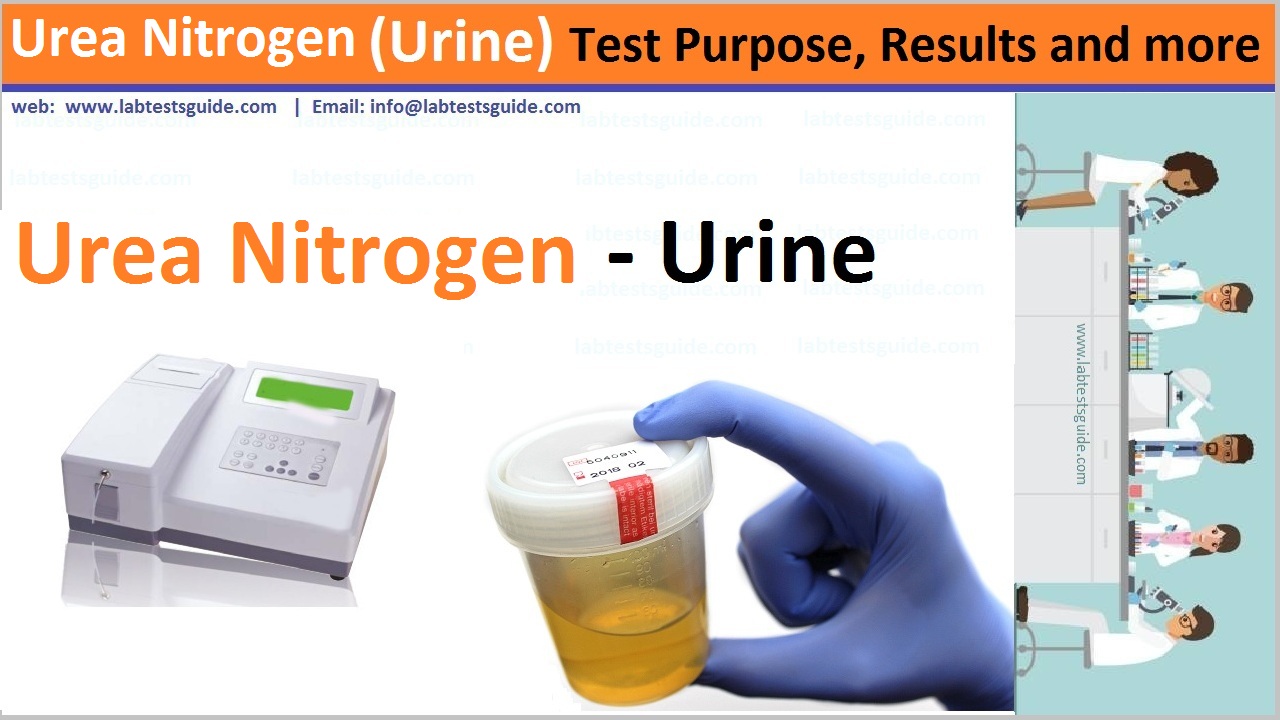
A urinalysis is a test of your urine. A urinalysis is used to detect and manage a wide range of disorders, such as urinary tract infections, kidney disease and diabetes.
A urinalysis involves checking the appearance, concentration and content of urine. Abnormal urinalysis results may point to a disease or illness.

Also Known as: Urine Test, Urine Analysis , Urine CE, Urine C/E, UCE, Urinalysis
Test Panel: Physical properties, Chemical Tests, Dipstick Tests, Microscopic Examination
Type of urine samples:
- Random sample:
This is a diluted urine sample and may give an inaccurate interpretation of patient health. But is best to do microscopy to evaluate WBC or RBC. - First Morning sample:
This is the best sample for microscopy and urine analysis. This is the concentrated urine because of urine remained throughout the night in the urinary bladder. This will contains an increased concentration of analytes and cellular elements. Urine must have remained in the bladder for 8 hours is considered as the first-morning sample. - Urine for sugar (Postprandial 2 hours):
Postprandial 2 hours sample collected after 2 hours of high carbohydrate diet. - Midstream clean catch urine:
This sample is needed for the culture and sensitivity of urinary infection. The patient is advised to clean the urethra, then discard the first few mL of urine. Now midstream of the urine is collected in the sterile container. - 24 Hours of a urine sample
- In this case, discard the first urine and note the time.
- Now collect urine in the container for 24 hours and put the last sample in the container.
- Refrigerate the sample.
- This 24 hours samples are needed for measuring urea, creatinine, sodium, potassium, glucose, and catecholamines.
- Suprapubic collection of the urine sample:
This is done in the patients who cannot be catheterized and the sample is needed for culture. This sample is collected by the needle. - Catheter collection of urine:
This is done by patients who are bedridden and can not urinate. - Pediatric urine sample:
In infants, special collection bags are made adherent around the urethra. Then urine is transferred to a container.
Urine urea Nitrogen:
The urine urea nitrogen test determines how much urea is in the urine to assess the amount of protein breakdown. The test can help determine how well the kidneys are functioning and whether your intake of protein is too high or low. Additionally, it can help diagnose whether you have a problem with protein digestion or absorption from the gut.
Cample required:
- The test sample is urine.
- Collected urine for 24 hours.
- The urine sample is stable at 4 to 8 °C for 4 days or preserves with thymol to avoid bacterial action.
- Discard the first urine sample and note the time. Add the last sample of urine in the container.
Why Get Tested:
This test is mainly used to:
- Determine protein metabolism.
- It determines the amount of protein needed by the severely ill patient.
- It gives information about the kidney function.
- It can monitor kidney disease.
When to get tested:
A common test for urea nitrogen is the blood urea nitrogen test, better known as BUN. This article refers to the urine urea nitrogen test, which is performed using a urine sample.
A urea nitrogen test can also:
- Assess how well the kidneys are functioning
- Determine if you have kidney disease
- Monitor your kidney disease
- Help diagnose a number of diseases and disorders that may affect how your kidneys function
Normal Value:
- 12 to 20 g/day (24 hours)
Related Articles:
RELATED POSTS
View all

